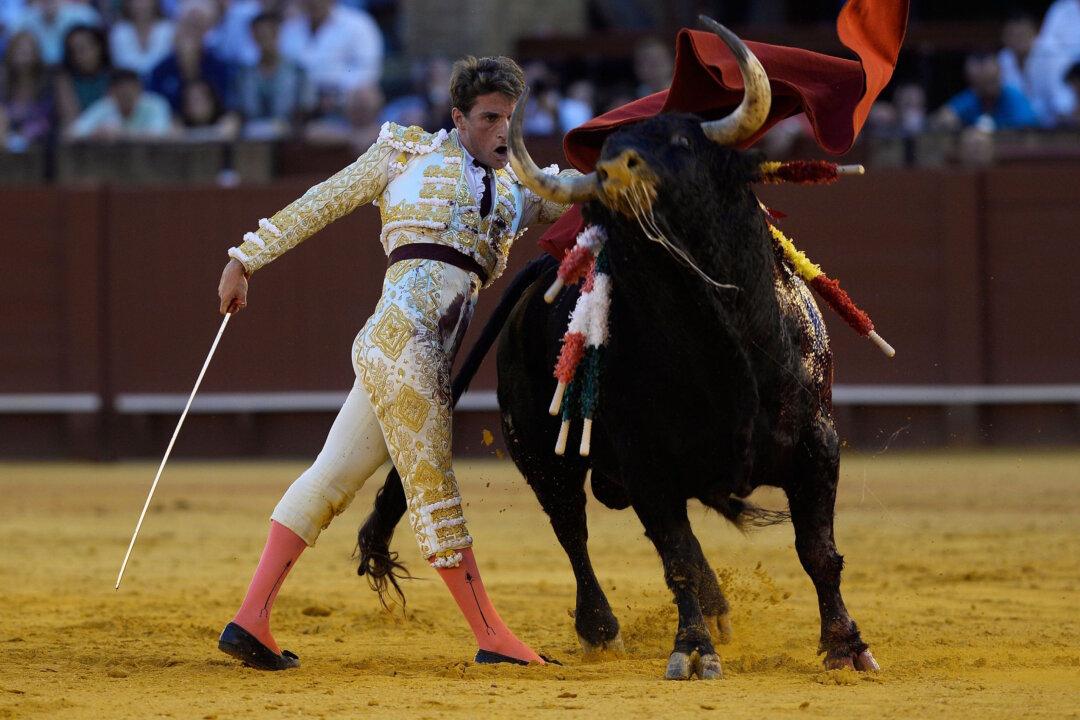BARCELONA—When Virginia Ruíz jumped into the ring to comfort a dying a bull, she stunned her native Spain.
To some, the sight of a woman trying to offer solace to an animal whose life was ebbing away prompted sympathy.

BARCELONA—When Virginia Ruíz jumped into the ring to comfort a dying a bull, she stunned her native Spain.
To some, the sight of a woman trying to offer solace to an animal whose life was ebbing away prompted sympathy.